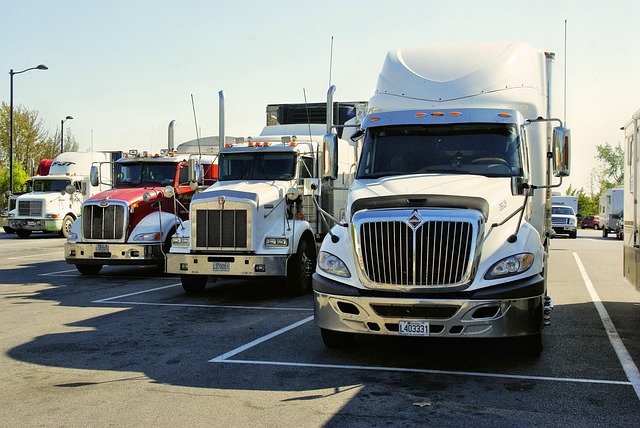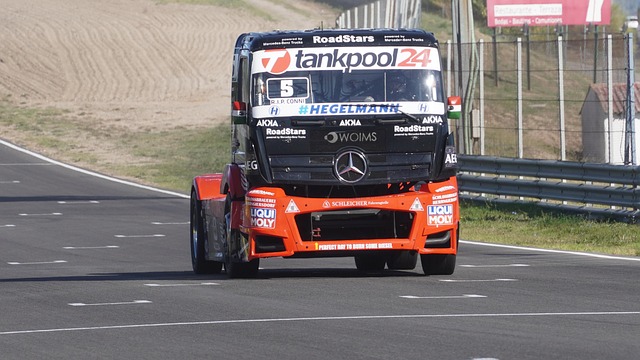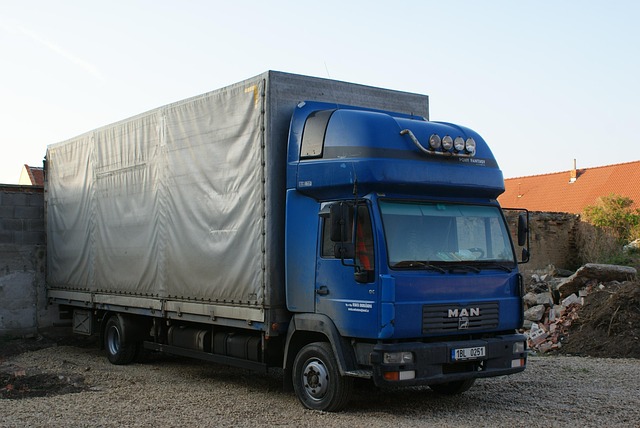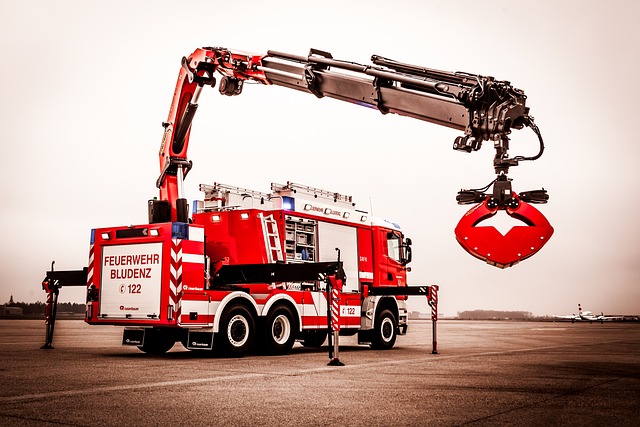Looking to register your car in California? This comprehensive guide walks you through the entire process, from understanding key requirements to receiving your license plate. First, familiarize yourself with California’s car registration mandates, then gather essential documents for a seamless visit to the DMV. Next, undergo crucial dvm VIN verification, complete the application, and pay fees. Finally, secure your plates and officially register your vehicle.
- Understand California Car Registration Requirements
- Gather Necessary Documents for DMV Visit
- Perform Vehicle Identification Number (VIN) Verification
- Complete Application and Pay Fees at DMV
- Receive License Plate and Register Your Vehicle
Understand California Car Registration Requirements

Before registering your car in California, it’s crucial to understand the state’s specific requirements. The California Department of Motor Vehicles (DMV) mandates that all vehicles operated within the state be properly registered and have undergone a comprehensive inspection. This process involves verifying the vehicle identification number (VIN) to ensure its authenticity and history.
One critical step is the DMV’s VIN verification, which checks for any potential issues or discrepancies associated with the car’s identity. For convenience, many individuals opt for mobile VIN verification services, allowing them to complete this essential inspection from the comfort of their homes. These mobile vin verifiers provide a straightforward and efficient way to meet California’s registration criteria.
Gather Necessary Documents for DMV Visit

Before heading to the DMV, make sure you have all the essential documents ready. This includes your vehicle’s registration form, which can be obtained online or in person from the California DMV. Additionally, you’ll need proof of insurance and a valid driver’s license. One crucial step is to undergo a DMV VIN verification, which ensures that your vehicle’s unique identifier (VIN) matches the information on record. This process plays a vital role in ensuring the car’s history and authenticity.
Gathering these documents beforehand saves time and streamlines the registration process. If you opt for a mobile VIN verifier or conduct a mobile VIN inspection, ensure that the results are readily available during your visit to further facilitate the registration of your vehicle at the DMV.
Perform Vehicle Identification Number (VIN) Verification

Before proceeding with the registration process, it’s crucial to ensure your vehicle’s authenticity through a Vehicle Identification Number (VIN) verification. This step is vital as it helps protect against fraud and ensures you’re registering the actual car in question. The California Department of Motor Vehicles (DMV) recommends performing this check using a reliable mobile vin inspection or vin verifier service, which can provide instant and accurate results.
By comparing the VIN from your vehicle’s registration documents with the one displayed on the car itself, you can verify its integrity. A simple online search or an app-based vin inspection tool can cross-reference these numbers, ensuring they match precisely. This is a quick and efficient way to navigate the registration process, as any discrepancies could indicate potential issues or stolen vehicles.
Complete Application and Pay Fees at DMV

Once you’ve gathered all necessary documents, it’s time to head to the California Department of Motor Vehicles (DMV) office for a quick process known as VIN verification. Here, you’ll need to complete an Application for Title and Registration, ensuring that all vehicle information is accurate and up-to-date. This includes your contact details, vehicle make, model, year, and unique Vehicle Identification Number (VIN). The staff at the DMV will cross-reference these details with their records.
During this process, you’ll also be required to pay the relevant fees for registration. These costs vary depending on factors like the type of vehicle and its age. After completing the application and making the necessary payments, the DMV will process your request, which typically takes a few business days. As an alternative to the traditional in-person visit, some counties in California offer a mobile VIN inspection or verification service using a mobile vin verifier, streamlining the initial registration steps for added convenience.
Receive License Plate and Register Your Vehicle

After completing your vehicle purchase, it’s time to receive your license plate and officially register your car with the California Department of Motor Vehicles (DMV). The process involves several steps, including a crucial DMV VIN verification. Start by obtaining your vehicle’s unique 17-character Vehicle Identification Number (VIN) from either the title documents or the manufacturer. Then, schedule a mobile vin inspection or visit a DMV office to verify the VIN and ensure it matches the vehicle’s characteristics. Once this step is complete, you can proceed with registering your car at a local DMV center. Bring essential documents like proof of purchase, identity, and insurance to make the process seamless.
Remember, accurate vin inspection is vital for ensuring your vehicle’s compliance and avoiding any legal issues. It allows the DMV to link your license plate to your vehicle’s specific details, making it traceable and identifiable on California roads.
Registering a car in California involves understanding state requirements, gathering essential documents, and completing a straightforward process at the Department of Motor Vehicles (DMV). After performing a crucial DMV VIN verification, you’ll need to fill out an application, pay associated fees, and receive your license plate. Once these steps are accomplished, your vehicle will be officially registered in California, ensuring legal operation on state roads.



